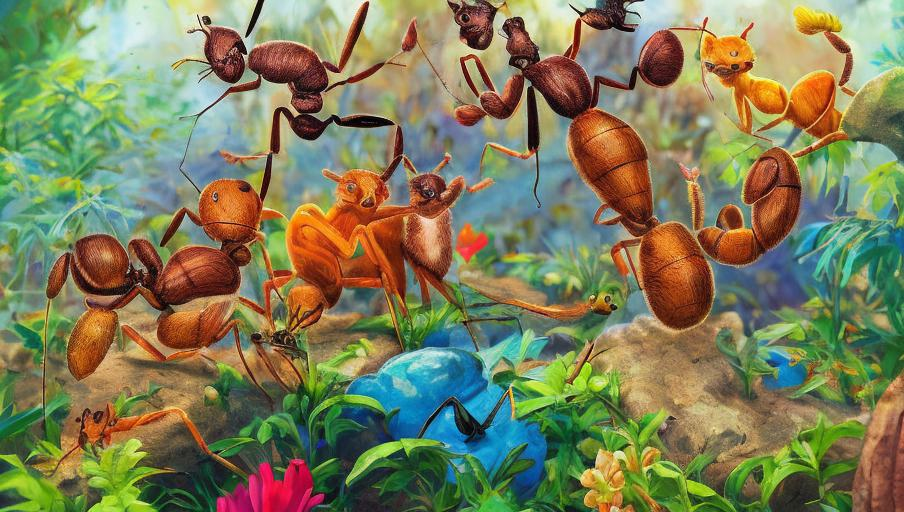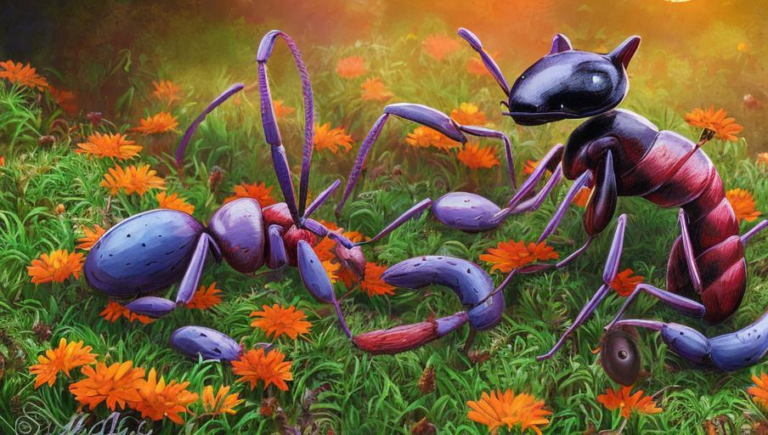Classification of Ants

Introduction to Ants
Ants are one of the most common insects found all over the world. They are fascinating creatures that live in diverse habitats and form complex social structures. Ants are small in size, but they are powerful creatures that can lift objects up to many times their own weight. Ants are classified as hymenopterans, which are a group of insects that include bees, wasps, and sawflies. There are more than 12,000 species of ants, making them one of the most successful groups of animals on the planet.
Habitats
Ants can be found in almost any habitat, from deserts to forests. They live on every continent except Antarctica, and they can also be found in urban environments. Ants have adapted to nearly all types of environments, and they can be found in large numbers in most places. Some species of ants are even capable of living in water and can survive for short periods of time in extreme temperatures.
Social Structure
Ants have a complex social structure, and they are divided into three distinct roles: workers, soldiers, and queens. The workers are the most numerous and are responsible for gathering food and caring for the young. The soldiers are larger than the workers and are responsible for defending the nest. The queen is the most important ant, and she is responsible for laying eggs and ensuring the survival of the colony. All of the ants in a colony are related and will help take care of each other.
Communication
Ants communicate with each other using a variety of methods. They are able to recognize each other by smell, and they also use chemicals to communicate. Ants use the chemicals to mark trails so that other ants can follow them to food sources. Ants also communicate by drumming their antennae and making other noises.
Reproduction
Ants reproduce by laying eggs, and the eggs hatch into larvae. The larvae then pupate and eventually become adult ants. Some species of ants are able to reproduce without mating, and they can produce offspring that are clones of the queen. This type of reproduction is known as parthenogenesis.
Conclusion
Ants are fascinating creatures that live in a variety of habitats and have a complex social structure. They communicate with each other using a variety of methods, and they reproduce by laying eggs. Ants are an important part of the ecosystem and play an integral role in the health of the environment. It is important to be aware of the different species of ants and their habitats, as well as the threats they face from human activities.





